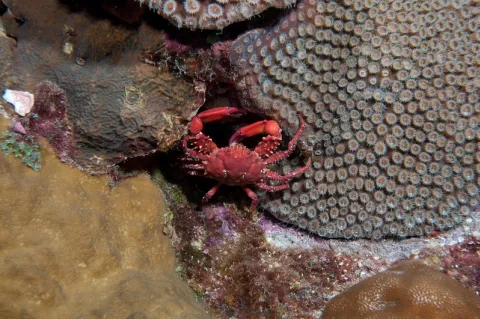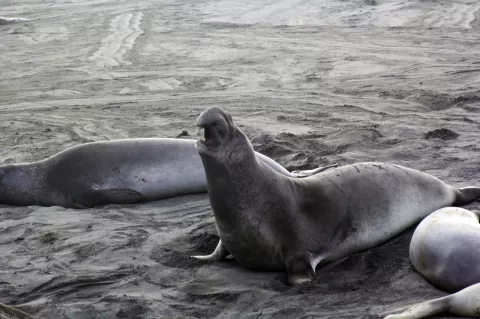Shark Asks Divers for Help
There have been many reports of distressed marine animals, including manta rays, whales, and dolphins, seeming to ask divers for help when encumbered by fishing gear. Here, a reef shark approaches divers for assistance.
The account adds to the evidence that sharks, too, have the ability to discern that humans can help them, and will.
- Read more about Shark Asks Divers for Help
- Log in to post comments





